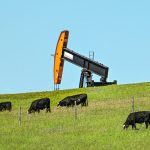Make the grazing plan to suit the land, the people and the animals, advised a grazing management specialist during a webinar hosted by the Beef Cattle Research Council. “There is no prescriptive grazing plan that works best in every situation,” said Saskatchewan agrologist Jeremy Brown. He has 18 years of experience in the field and […] Read more
Stories by William DeKay
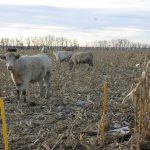
Careful planning required when corn grazing
Cattle like corn but should be introduced slowly to the cereal plant. Having cattle graze standing corn during winter can provide high-energy forage, but management is key, said Bart Lardner, cow-calf and forage systems specialist at the University of Saskatchewan. He provided several tips. Cattle should be eased into grazing corn Cattle unfamiliar with the […] Read more
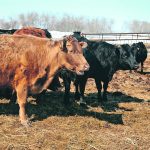
Pre-calving vaccination good way to protect calf
Protection provided by vaccinating cows before calving works only if calf can ingest enough colostrum shortly after birth
Vaccines are important tools for reducing the risk from infectious disease. Vaccinating cows and heifers before calving increases the quality of colostrum, which protects the newborn calf. “Typically, we vaccinate the cow to protect the cow. In this case we are also targeting her calf by helping her create better colostrum,” said Cheryl Waldner, professor […] Read more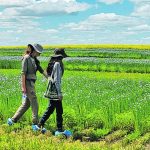
Chickpea-flax combo delivers in the field
Compared to the monocrops, Lana Shaw’s chickpea-flax combo was the clear winner, showing resiliency during extreme growing conditions. “It really put this chickpea-flax system under a pressure cooker of being seeded late with excess moisture. That’s a bad scene for chickpeas,” said Shaw, research manager at the South East Research Farm in Redvers, Sask. “We’re […] Read more

Scours vaccine shortage complicates calf care
Producers who have trouble finding vaccines should shift their focus to improved biosecurity and cattle management
A potential shortage of scours vaccines may have producers and veterinarians seeking solutions during calving this winter. Pharmaceutical companies that produce bovine-specific medications have been fraught with shortages due to transportation and manufacturing issues. “We’ve seen a contraction of product lines and the shortages are really just a function of that,” said Cody Creelman, veterinarian […] Read more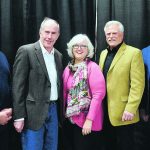
Sask. ag hall of fame announces new inductees
New members represent farming, communications, home economics, beef research, education and irrigation
Another crop of individuals will be inducted into the Saskatchewan Agricultural Hall of Fame this spring. They include Bill Huber, Kevin Hursh, Dorothy Long, John McKinnon and Laurie Tollefson. All are leaders in their respective fields and represent farming, communications, home economics, beef research, education and irrigation. “We cover pretty well everywhere from the field […] Read more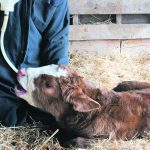
Five Cs of successful calf management
Beef producers should consider the five Cs for successful calf management to maximize growth, health and profitability. Colostrum, calories, consistency, cleanliness and comfort are key elements of successful calf management, says a ruminant nutritionist and production management consultant. Of those five, colostrum is the most important, says Barry Yaremcio of Yaremcio Ag Consulting Ltd. in […] Read more
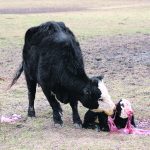
Know the three steps on pathway to parturition
Understanding the three stages of the bovine birthing process helps producers evaluate when or if they need to provide aid during calving. “In general, producers have an intuitive sense as to the pathway to parturition. As a consulting veterinarian, I like to break that down into well-defined steps or stages so it’s more clearly defined […] Read more

Placement called vital in phosphorus application
Three-year study in Saskatchewan investigates the influence of phosphorus fertilization practices on crops, soil and water
The 4Rs of nutrient stewardship for phosphorus are important management considerations, but placement is especially noteworthy, said a leading soil fertilizer specialist. “Applying the 4Rs (right rate, right source, right placement, right timing) will enable you to get the best benefit out of your phosphorus fertilization with minimal impact on the environment,” said Jeff Schoenau, […] Read more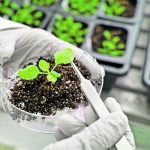
Sask. ag research receives funding
The federal and provincial governments recently announced they will invest $17.6 million for crop-related research in the Saskatchewan in 2023. The funding, channeled through Saskatchewan’s Agricultural Development Fund, includes $10.3 million for 49 research projects and $7.2 million to support operations at the Crop Development Centre over the next five years. The announcement was made […] Read more


